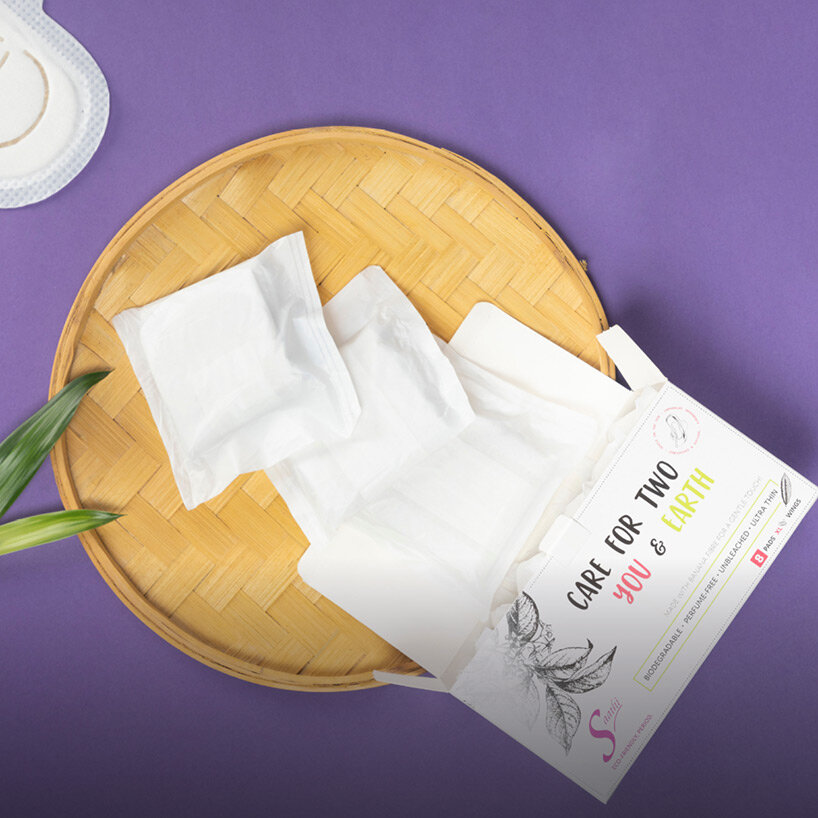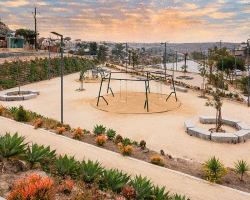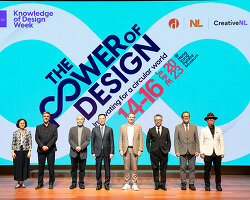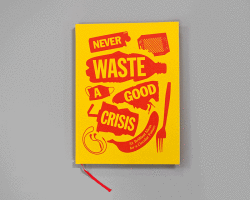
Landless Food (Hungary): a project that highlights the issue of food insecurity and explores the potential of microalgae to regenerate extinct flavor families

Mujō (Germany): a biodegradable packaging made from seaweed
KEEP UP WITH OUR DAILY AND WEEKLY NEWSLETTERS
happening now! stepping into the world of manufacturing company .mdd, operating internationally and producing over one million m² of office furnishings per year.
PRODUCT LIBRARY
our top 10 design product picks of 2023 include playful and thought-provoking solutions, including whimsical furniture and sustainable toilet paper substitutes.
connections: 15
MycoWorks' xavier gallego and YUME YUME's eva korsten walk us through their collaboration and the promising future of mycelium-based fashion.
our exclusive studio visit reveals insights into designworks, its chinese team and projects, and how it shapes design trends and innovations.
connections: +380
friedman benda's new york city gallery explores the influences of south asian and aztec cultures on the early works of italian designer ettore sottsass.
connections: +110


























